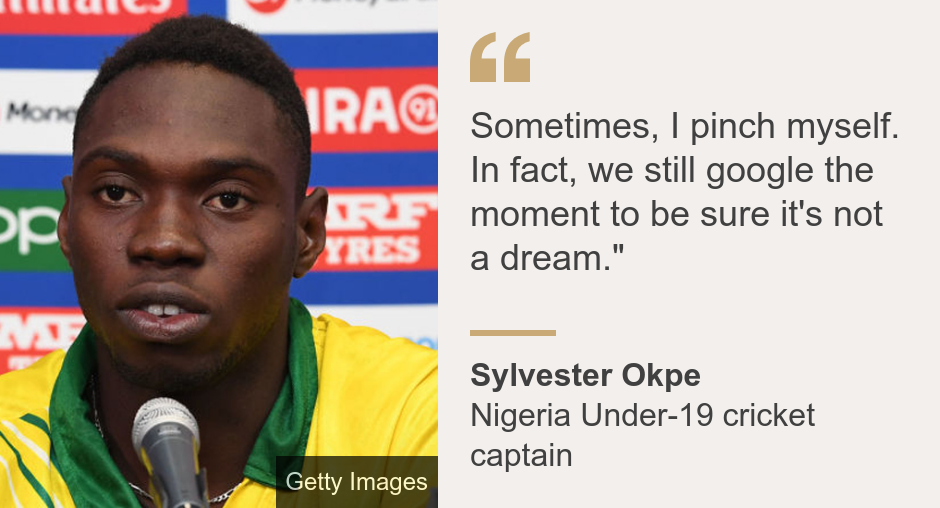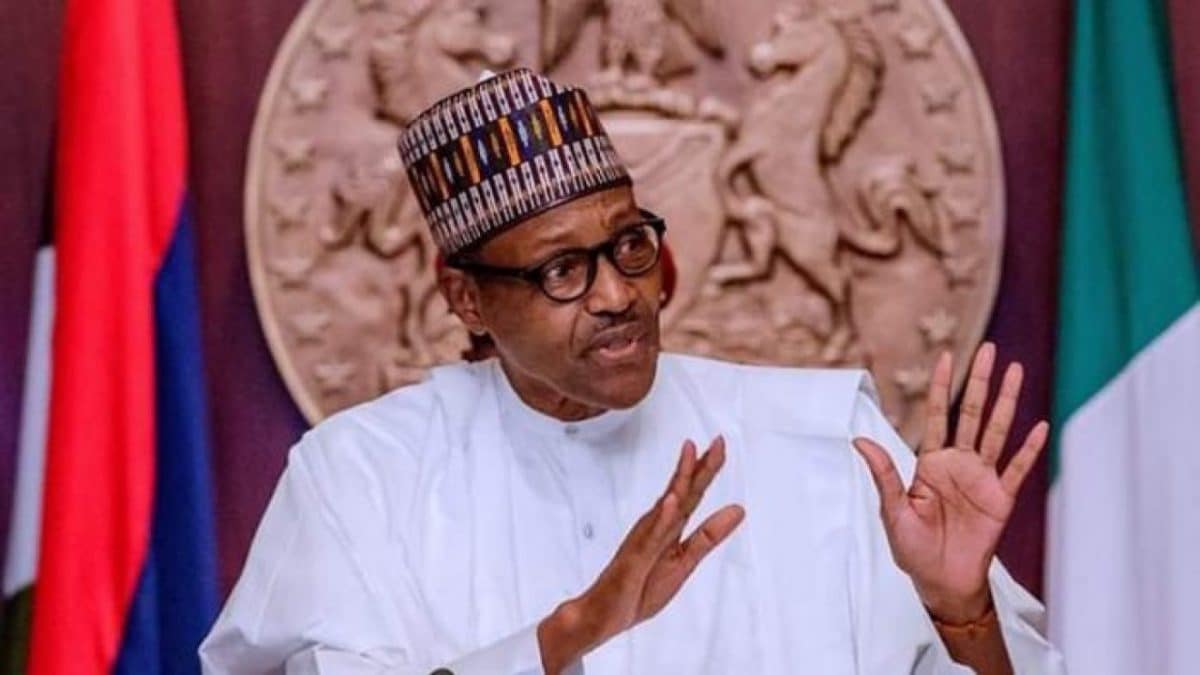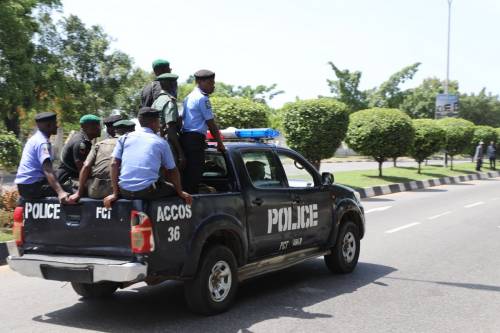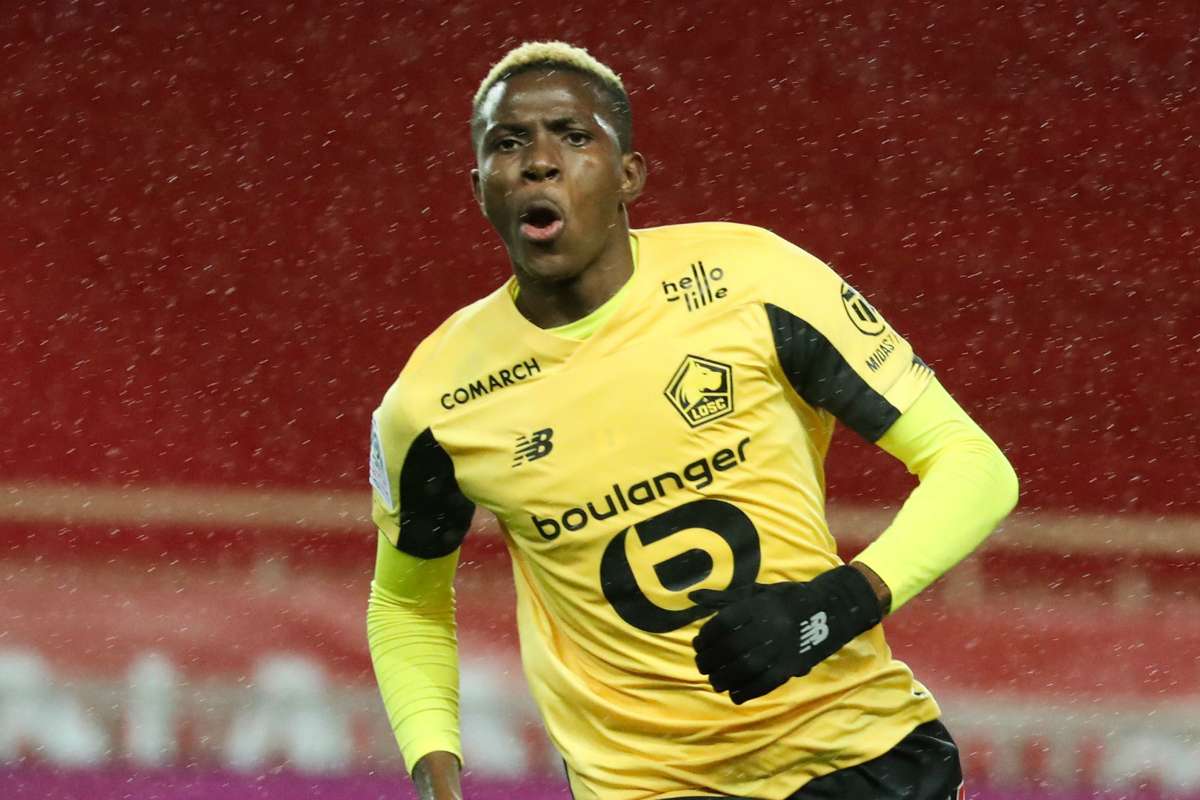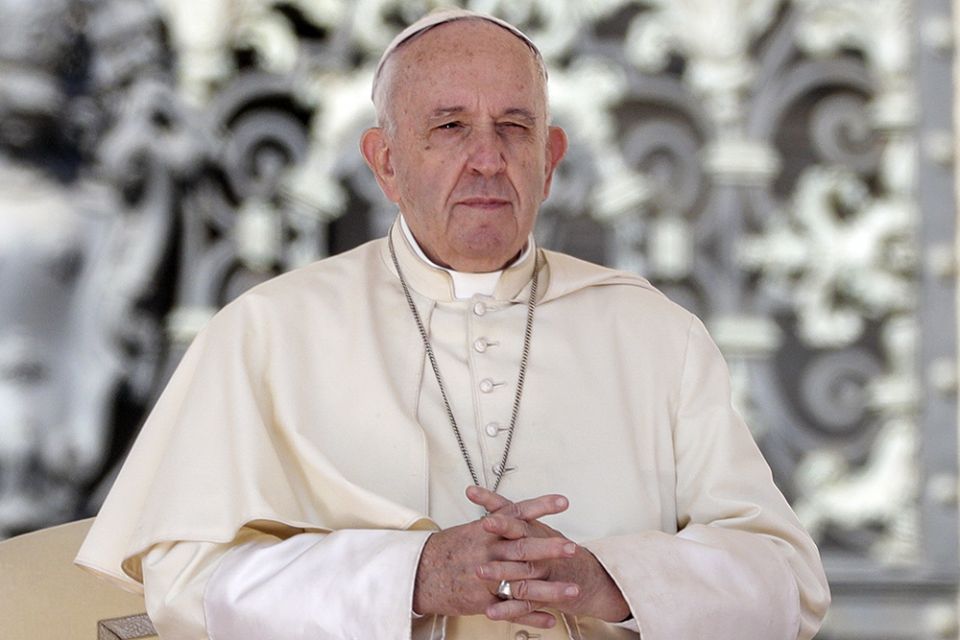

Pope Francis passed away on Monday plunging the world’s 1.4 billion Catholics into mourning, the Vatican has announced.
The announcement said that the Pope died aged 88 following a “complex” battle with double pneumonia.
Cardinal Kevin Ferrell, the Vatican Camerlengo, commended the pontiff’s life and career, saying in a statement: “At 7:35 this morning, the Bishop of Rome, Francis, returned to the home of the Father.
“His entire life was dedicated to the service of the Lord and of his Church.
“He taught us to live the values of the Gospel with faithfulness, courage, and universal love, especially for the poorest and most marginalised.”
In a statement yesterday, the Vatican paid a tribute to the late Pope. It said: “With immense gratitude for his example as a true disciple of the Lord Jesus, we commend the soul of Pope Francis to the infinite, merciful love of God, One and Tribune.″
According to insiders, when a pope dies, the Catholic Church enters a meticulously structured period of mourning and transition, rooted in centuries-old tradition.
Following the death of Pope Francis, the solemn process will unfold in several key stages.
These include official mourning and funeral rites, as well as the election of a new pope through the conclave.
The death is first confirmed by the Camerlengo — the official responsible for overseeing the transition.
Medical staff certify the death before the Camerlengo formally declares it, often by addressing the pope by his baptismal name and verifying that there is no response.
The Fisherman’s Ring and papal seal are ceremonially destroyed to symbolise the end of the deceased pope’s authority.
Then the papal apartments are sealed, before senior Church officials and the world are notified of the pope’s passing.
A nine-day period of mourning known as the novemdiales begins immediately.
Daily requiem Masses and special liturgies are held, with the pope’s body lying in state in St Peter’s Basilica, allowing the faithful to pay their respects.
The funeral typically takes place within six days of the pope’s death and is presided over by the dean of the College of Cardinals.
The funeral is a major global event, attended by heads of state, religious leaders and hundreds of thousands of mourners.
Following strict protocols, the pope’s body is placed in a wooden coffin lined with zinc and dressed in papal vestments.
Most popes are then buried in the crypt beneath St Peter’s Basilica.
However, unlike the majority of his predecessors, Pope Francis has chosen to be laid to rest in the basilica of Santa Maria Maggiore in Rome’s Esquilino neighbourhood.
After the funeral and the completion of the novemdiales, the College of Cardinals — those under 80 years old — will gather in Rome for the conclave, the secretive process to elect a new pope.
The cardinals are sequestered in the Sistine Chapel, where they take oaths of secrecy and independence from outside influence.
Voting is conducted in a series of secret ballots — black smoke from the chapel’s chimney signals an inconclusive vote, while white smoke announces the election of a new pope.
The conclave continues until a two-thirds majority is reached, at which point the new pope is asked if he accepts the role and, if so, what name he will take.
The announcement “Habemus Papam!” — “We have a pope!” — is then made to the world, marking the end of the interregnum and the beginning of a new papacy.
Following the death of Pope Francis on April 21, the Catholic Church stands at a pivotal crossroads as it prepares for a new era of leadership. As the first pope from Latin America, Francis left a lasting impact by championing social justice, environmental stewardship, and a more inclusive vision of the Church.
Now, the College of Cardinals is set to convene at the Vatican for a conclave that will not only select the next spiritual leader of 1.37 billion Catholics but also influence the Church’s path on doctrine, transparency, and its engagement with the global faithful.
Among the most talked-about contenders are ten prominent churchmen from around the globe, reflecting the Church’s diversity and evolving priorities.
From progressive voices like Cardinal Luis Antonio Tagle of the Philippines to Vatican diplomat Cardinal Pietro Parolin of Italy, the field includes a mix of reformists and conservatives.
Notably, Cardinal Peter Turkson of Ghana also stands out, carrying hopes for Africa’s growing Catholic population and a papacy rooted in social justice and global inclusivity.
Turkson, aged 76, is the Head, Pontifical Academies of Sciences and a former Prefect, Dicastery for Integral Human Development, as well as former President, Pontifical Council for Justice and Peace.
Turkson is influential in issues of social justice, climate, and African Church development.
Other contenders are Cardinal Luis Antonio Tagle of Philippines (67), Cardinal Pietro Parolin of Italy (70), Hungary’s Cardinal Péter Erd (72), Cardinal Raymond Leo Burke of the U.S (76), Cardinal Matteo Zuppi (Italy, 69), Cardinal Willem Jacobus Eijk of Netherlands (71), Cardinal Mario Grech (Malta, 68), Cardinal Angelo Scola (Italy, 83), who is not eligible to vote in the conclave, and 59-year-old Cardinal Pierbattista Pizzaballa of Italy.
- Words by the sun.co.uk
